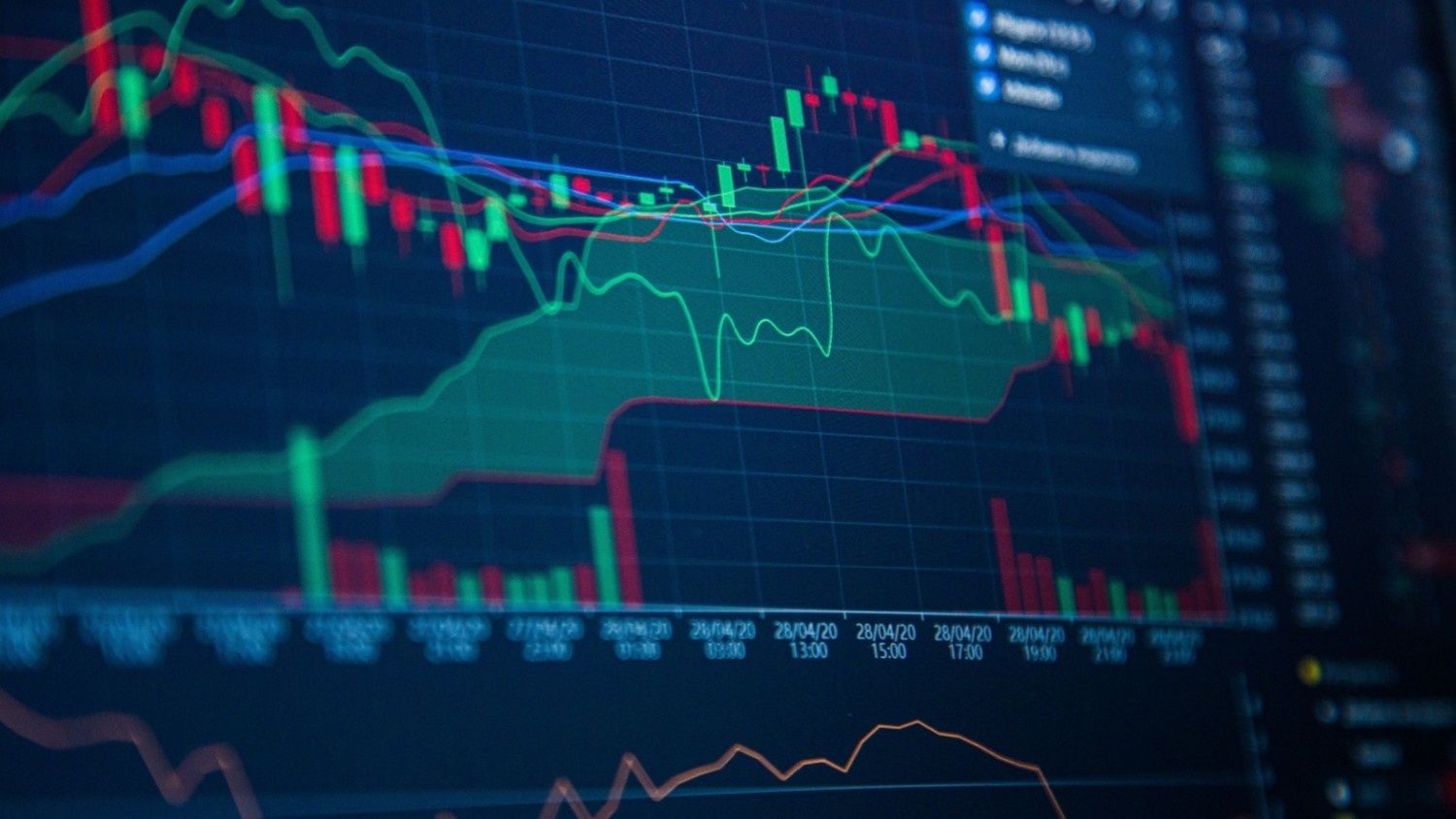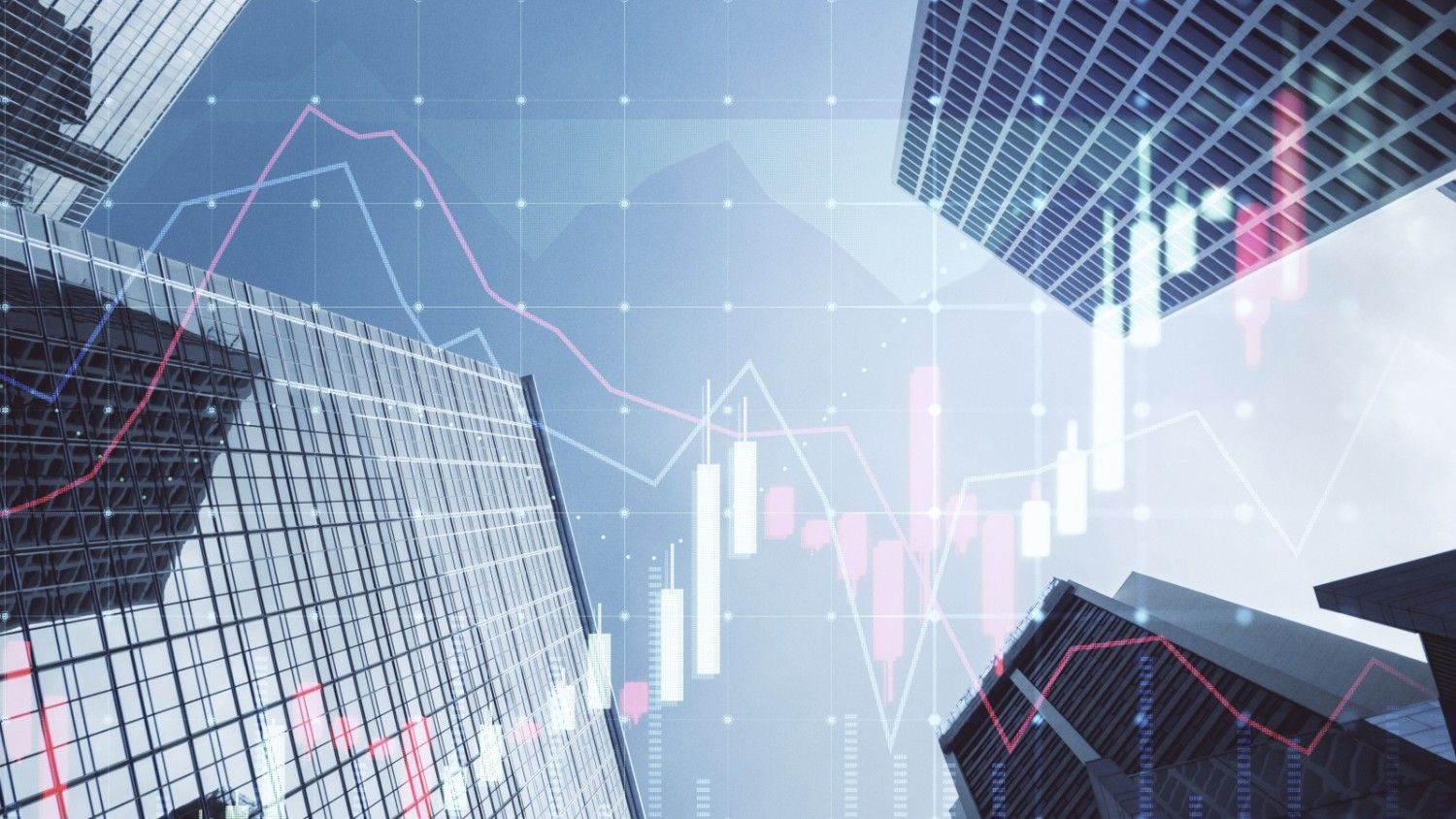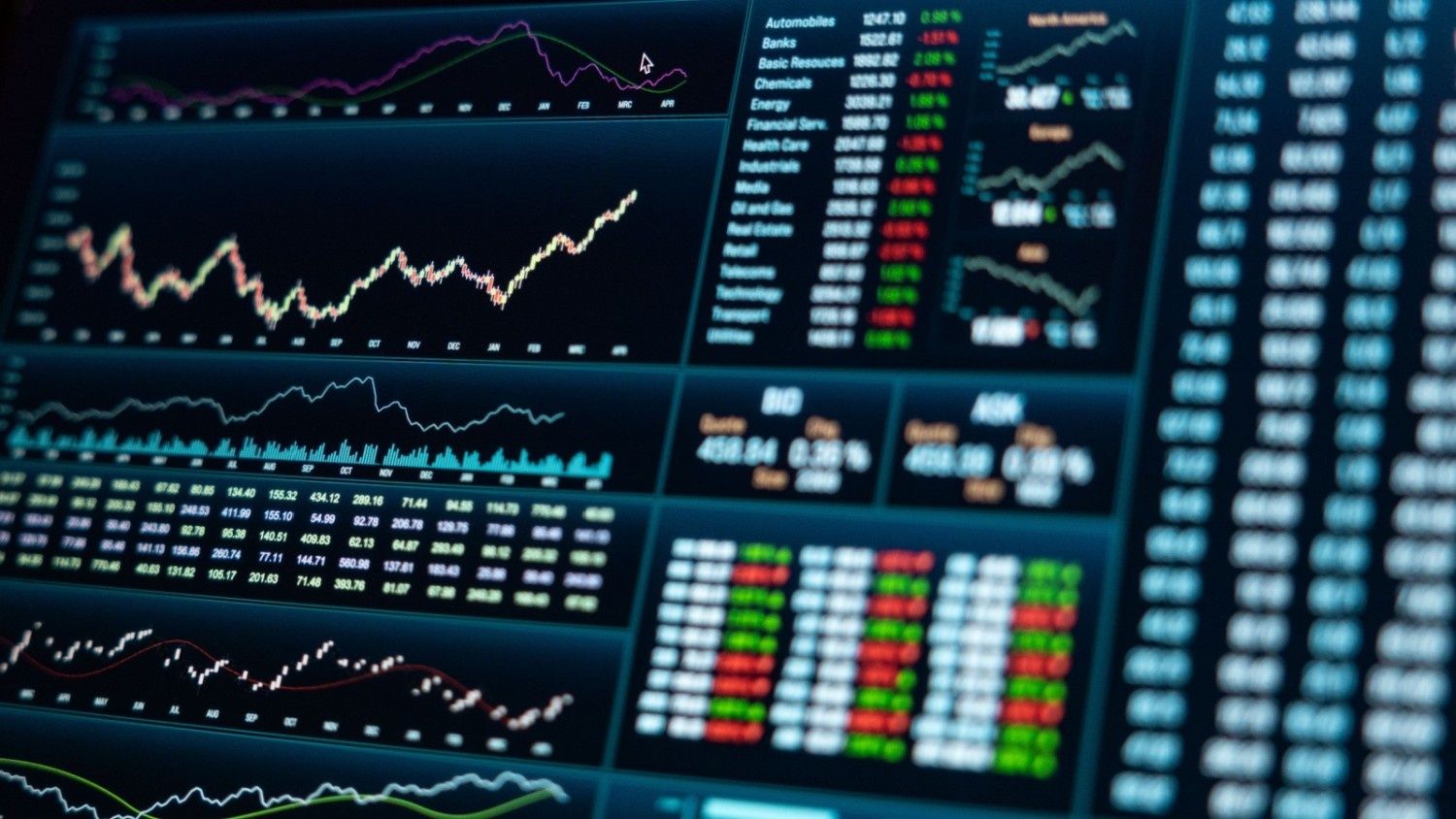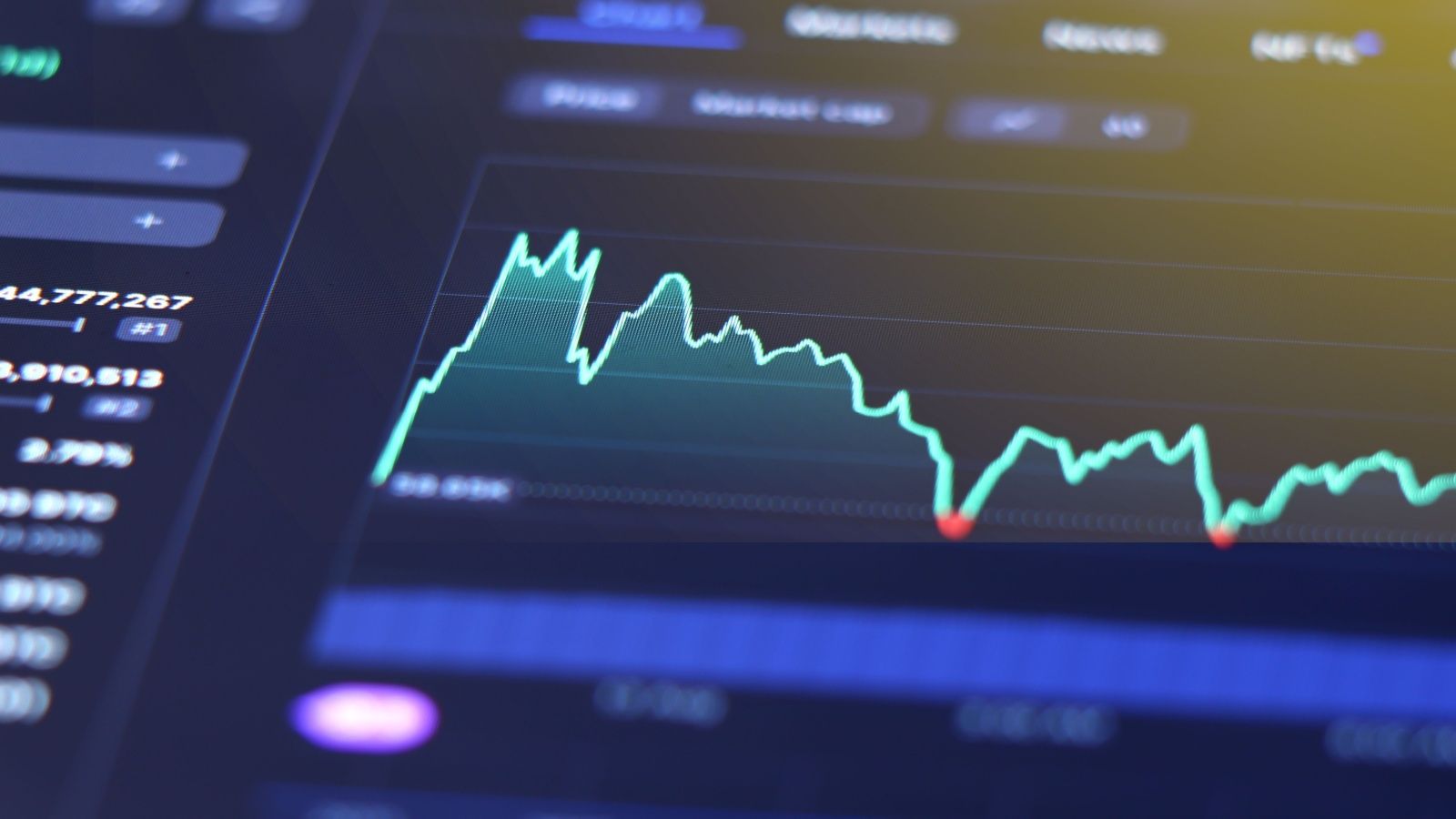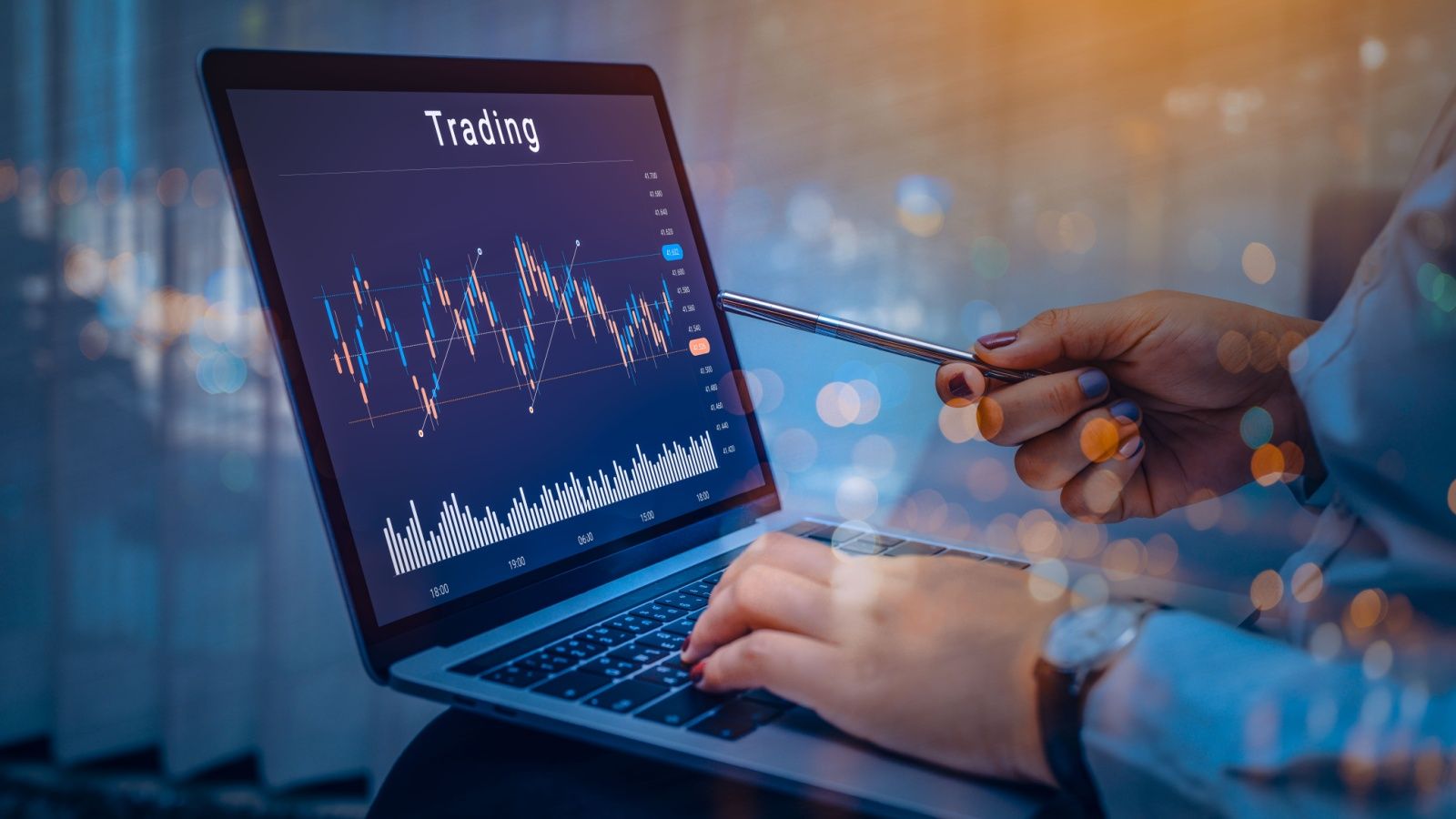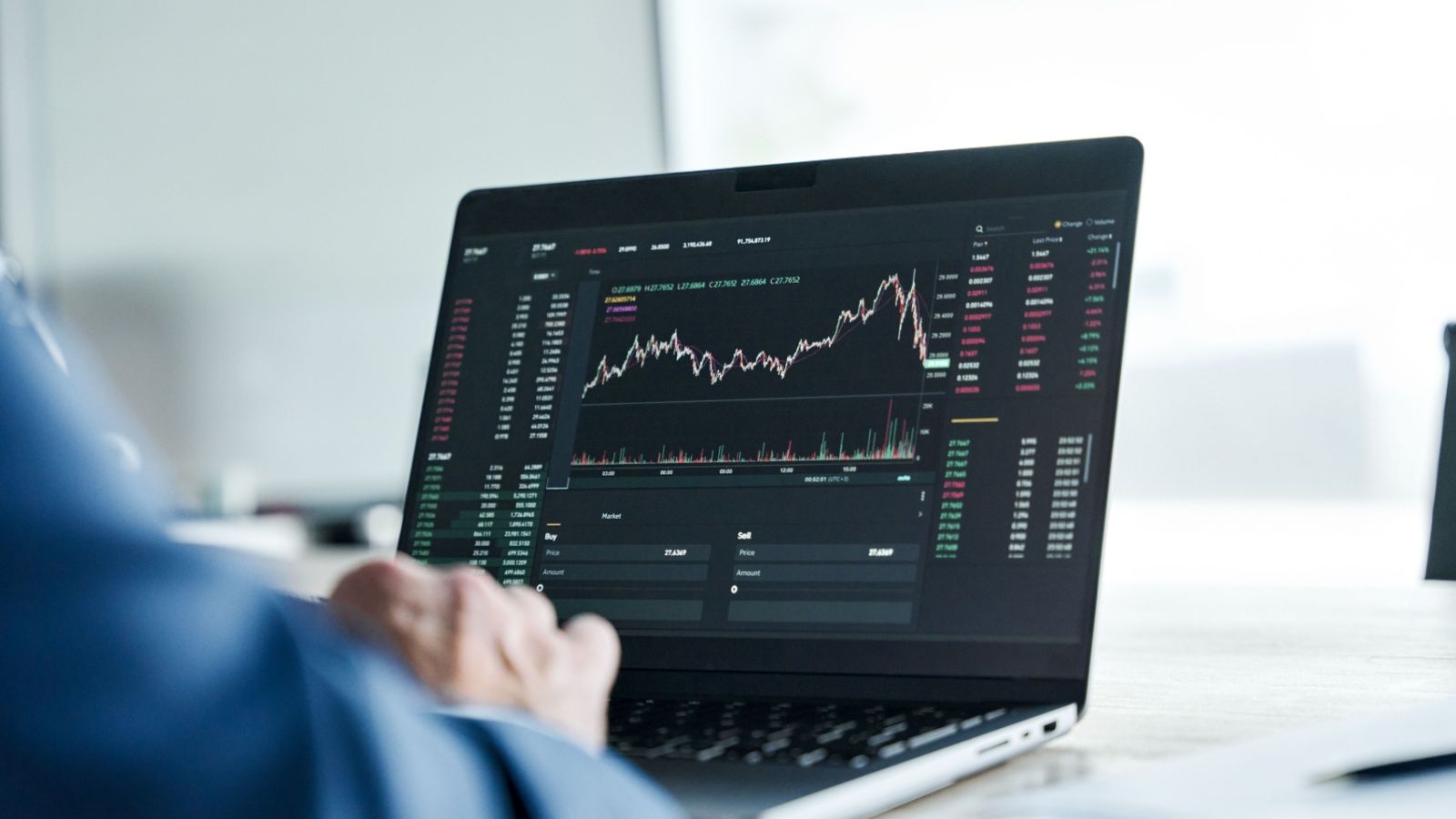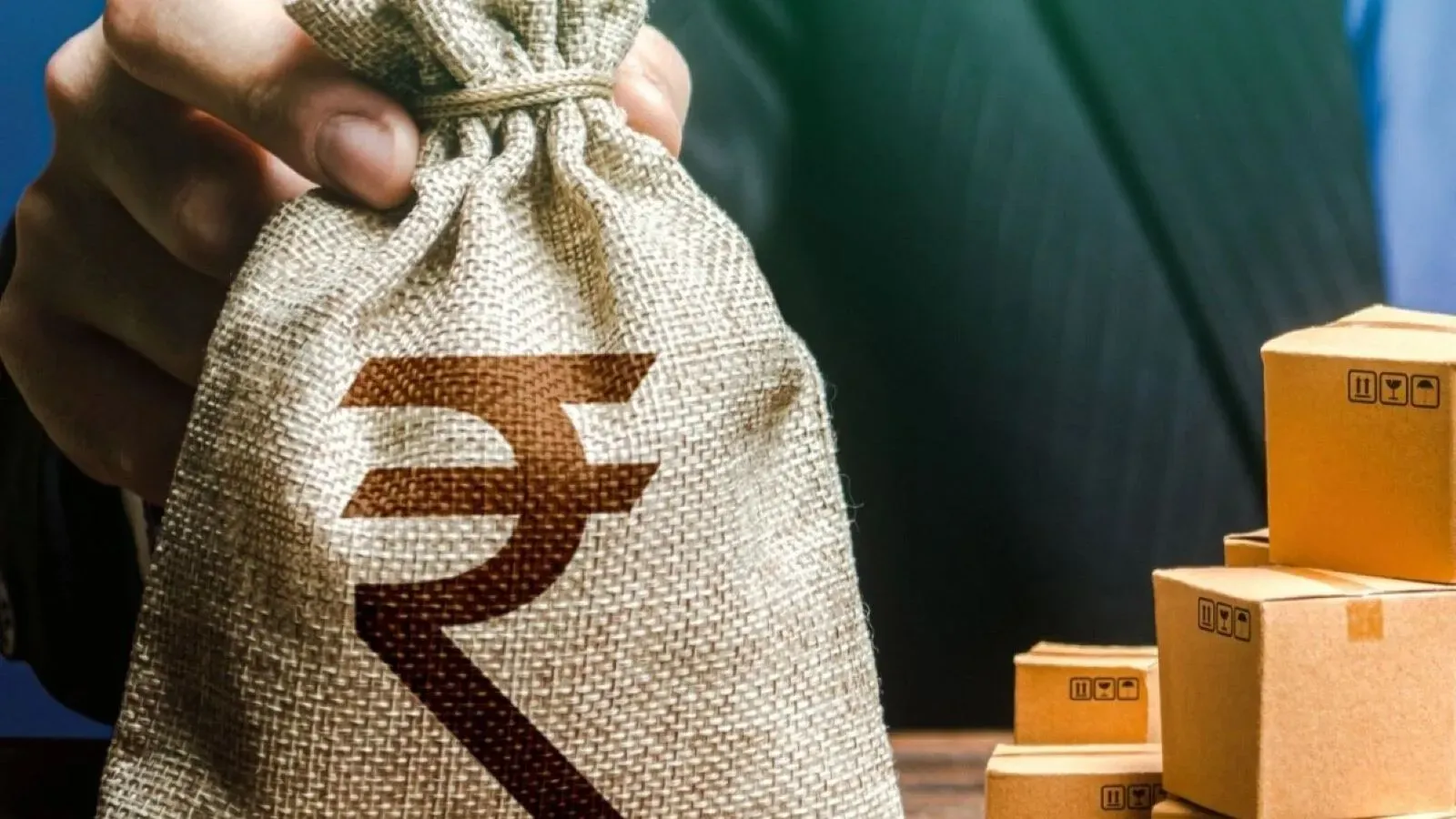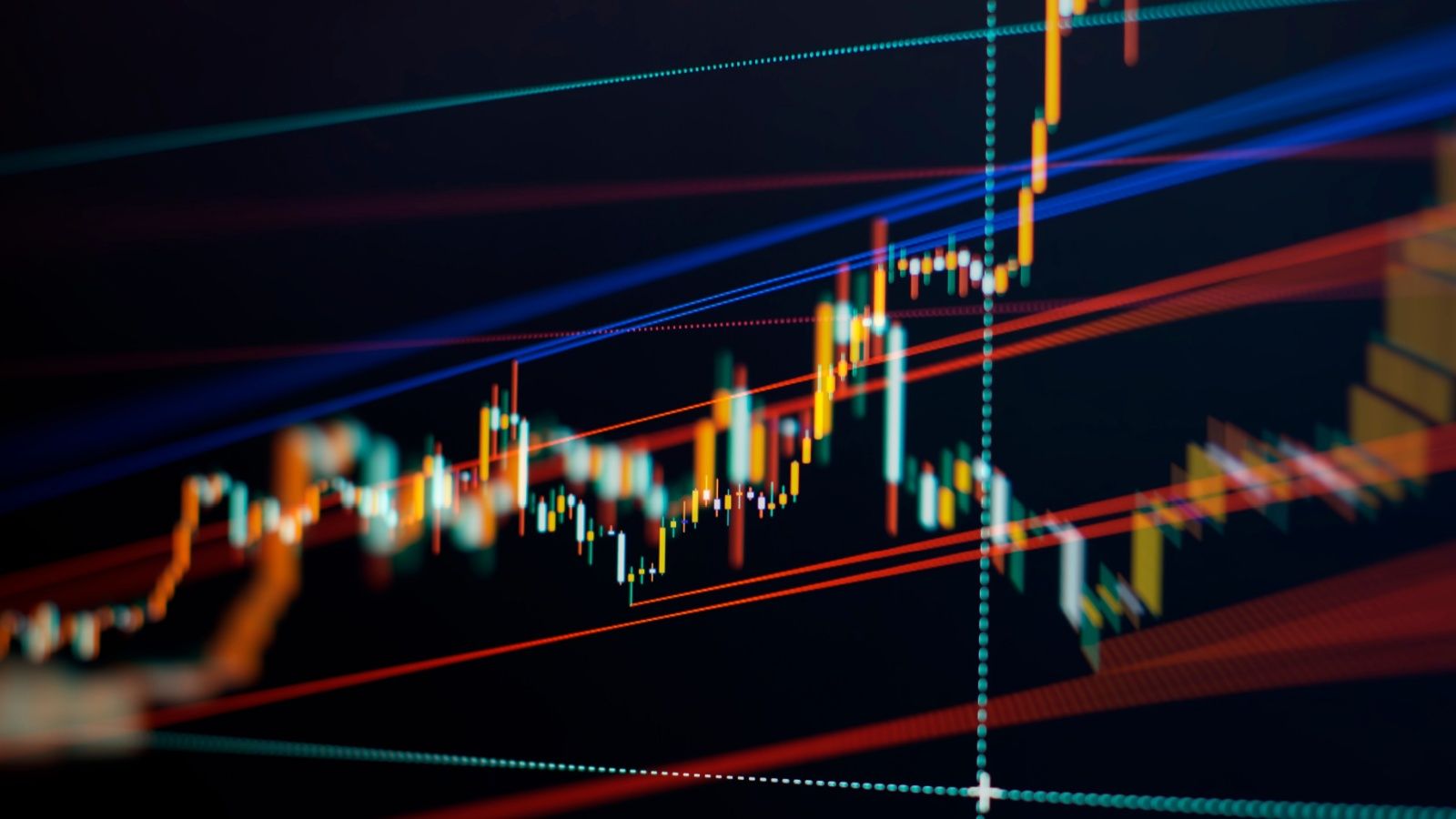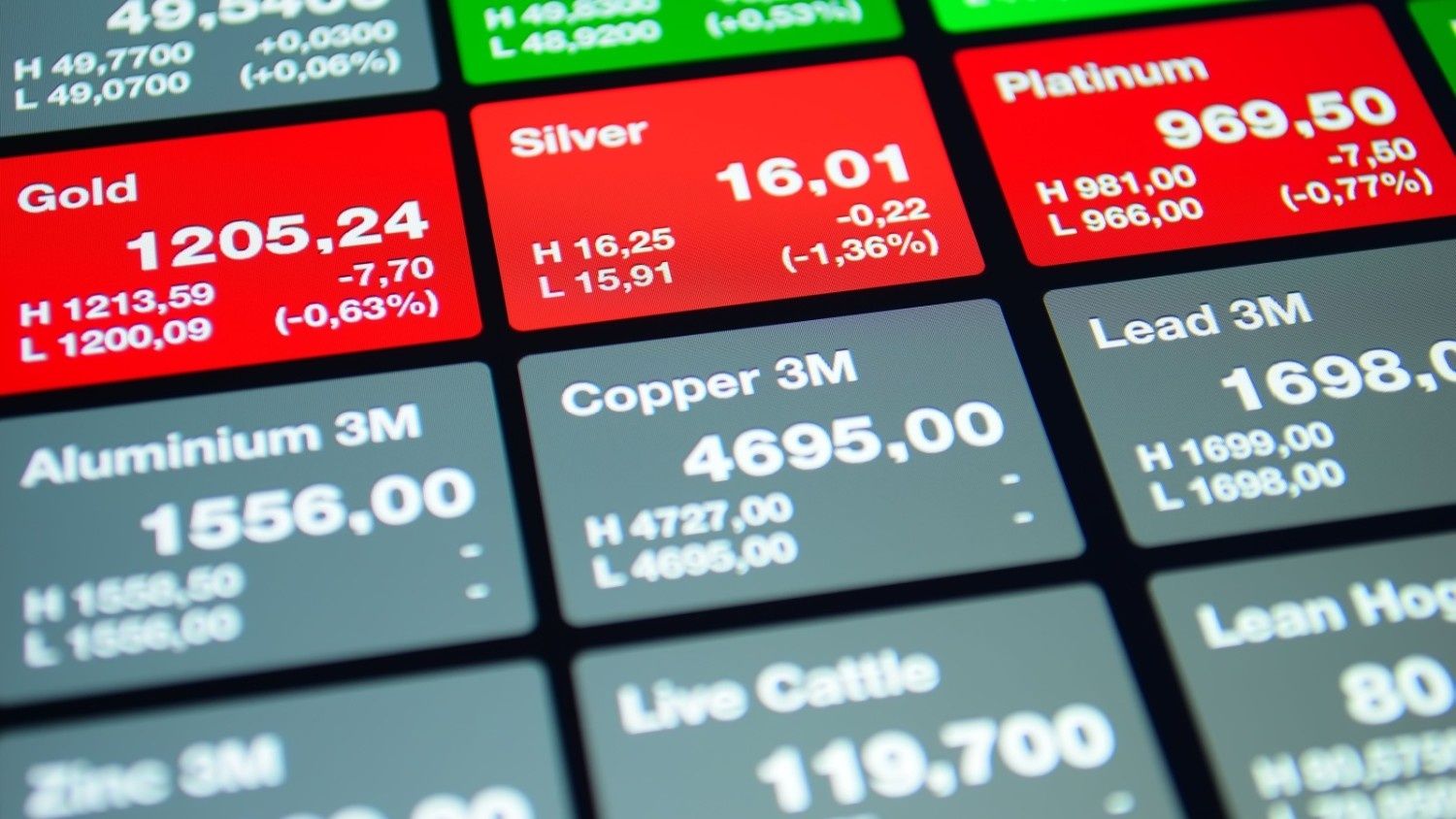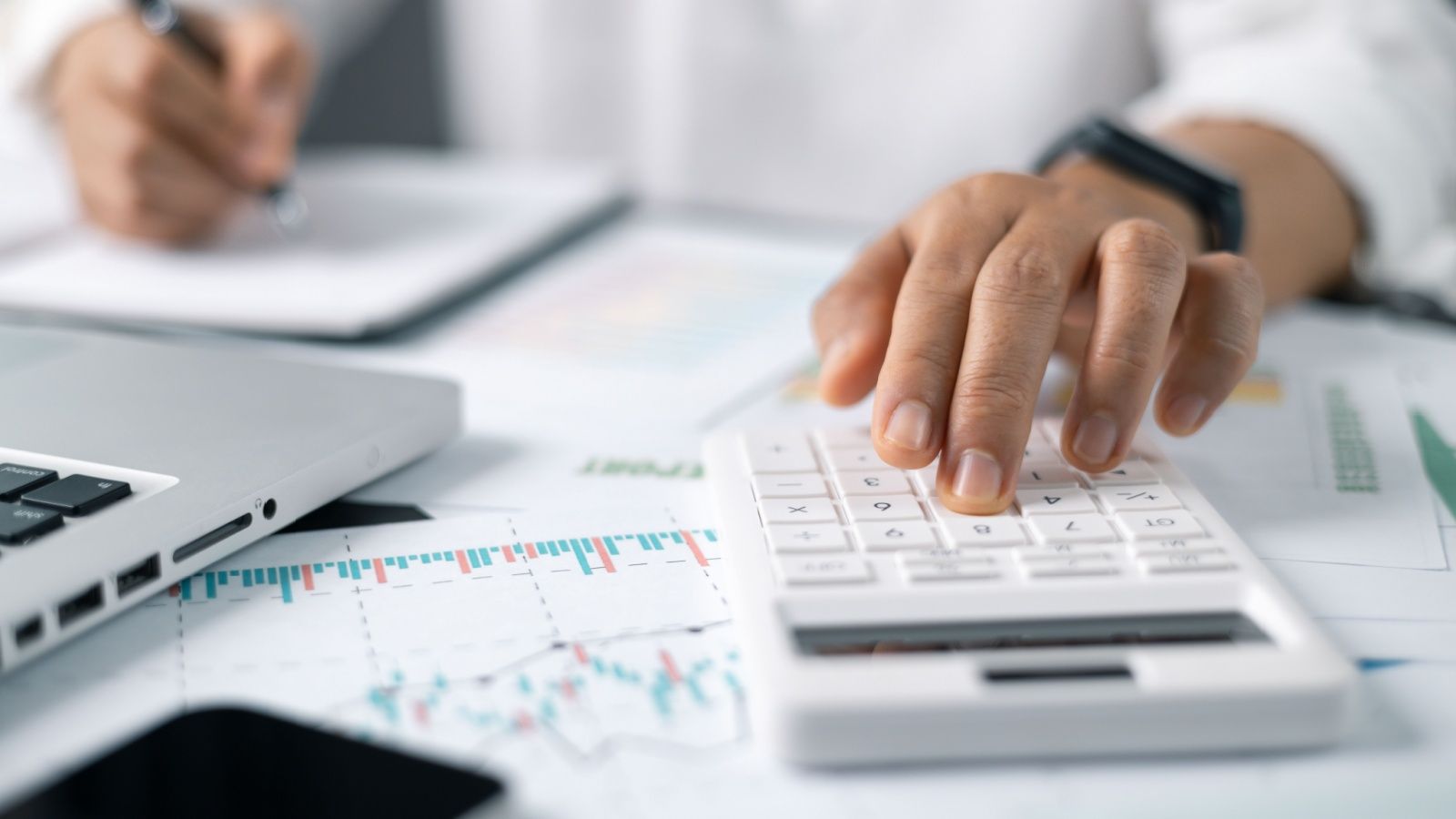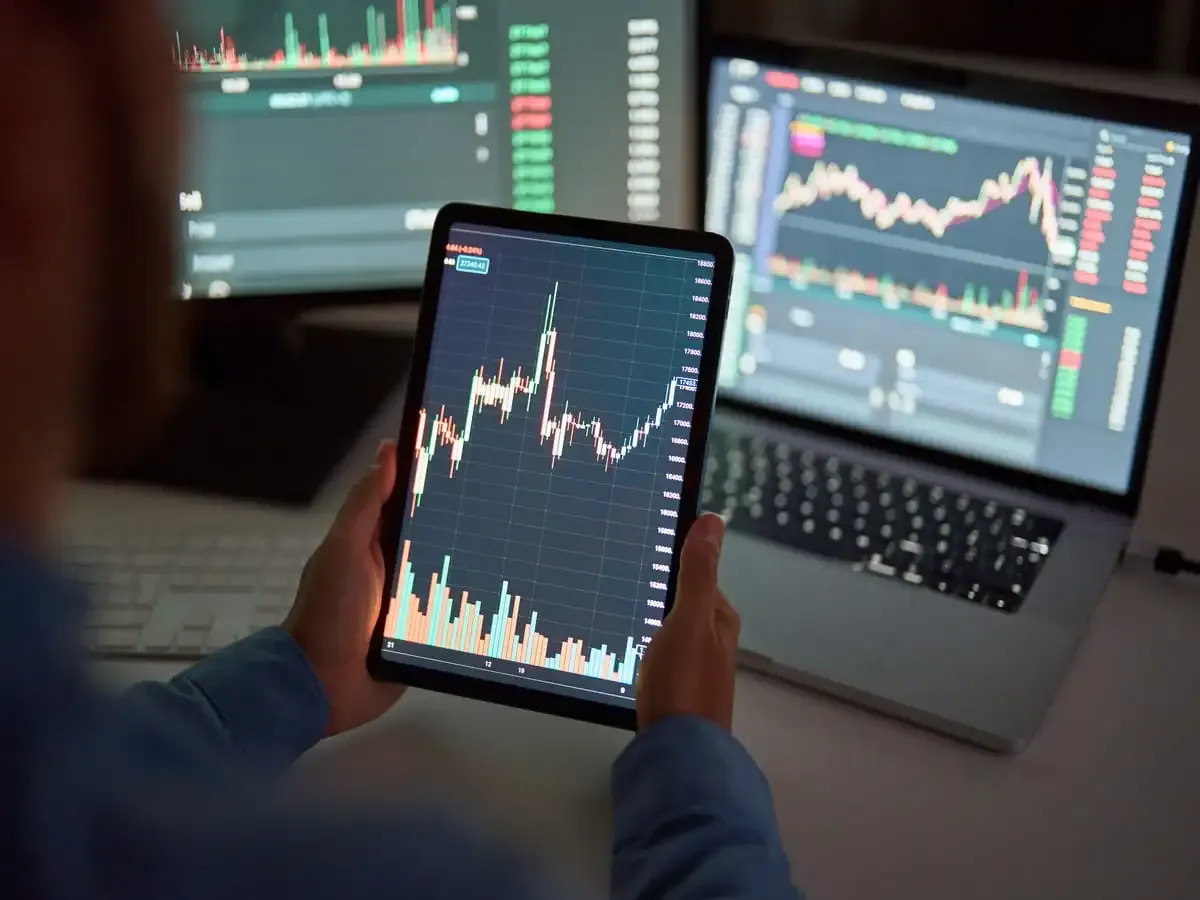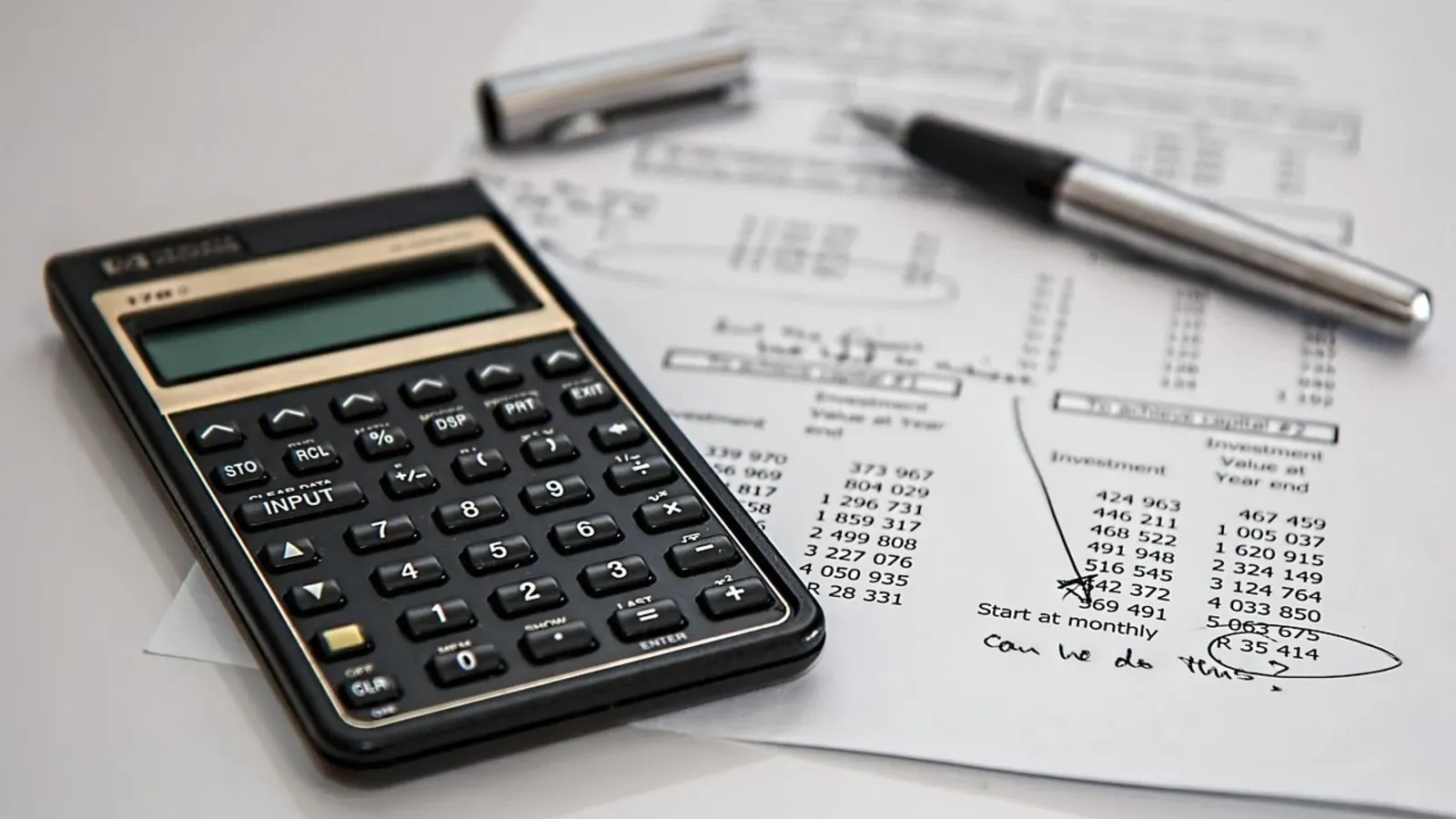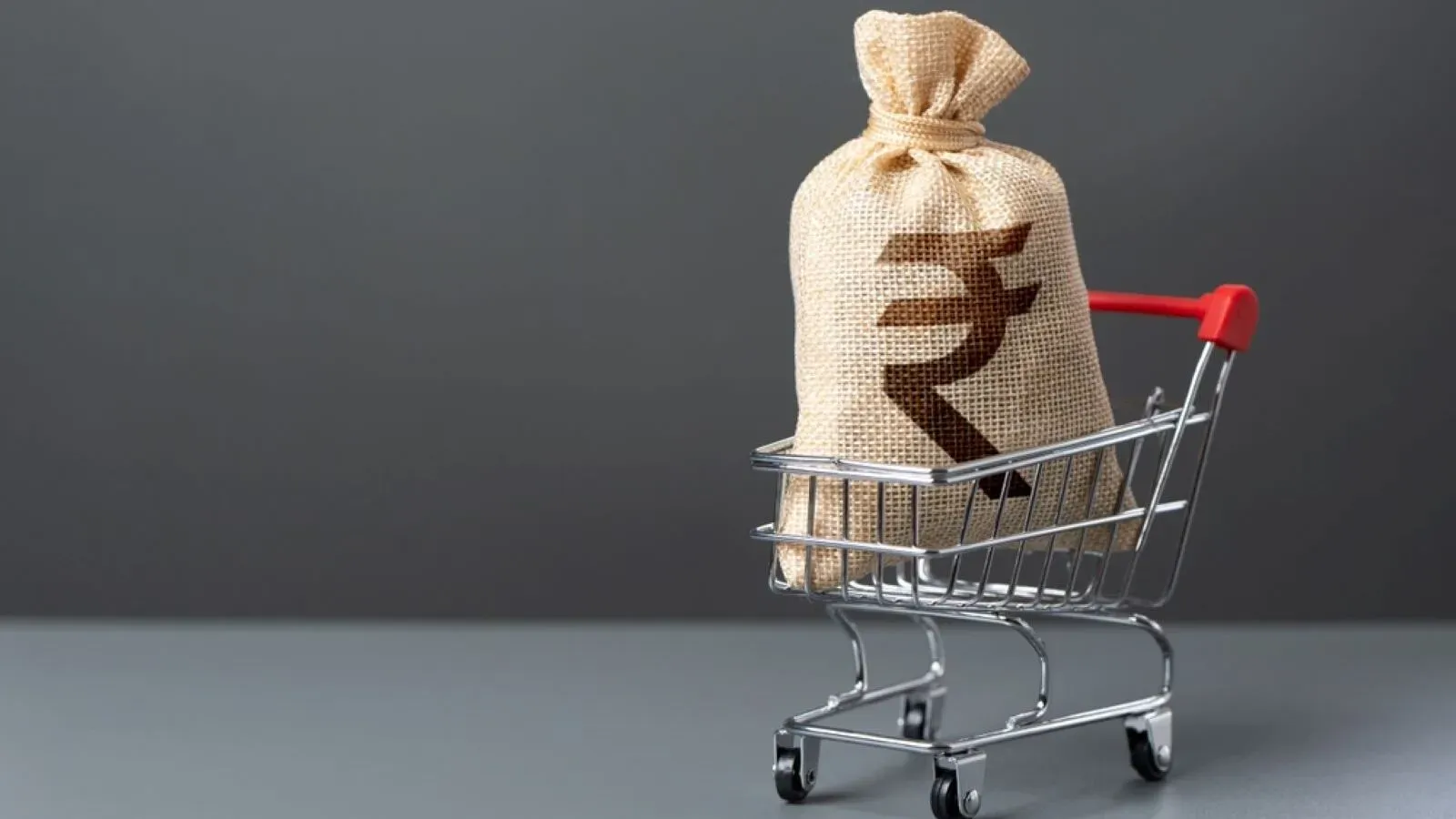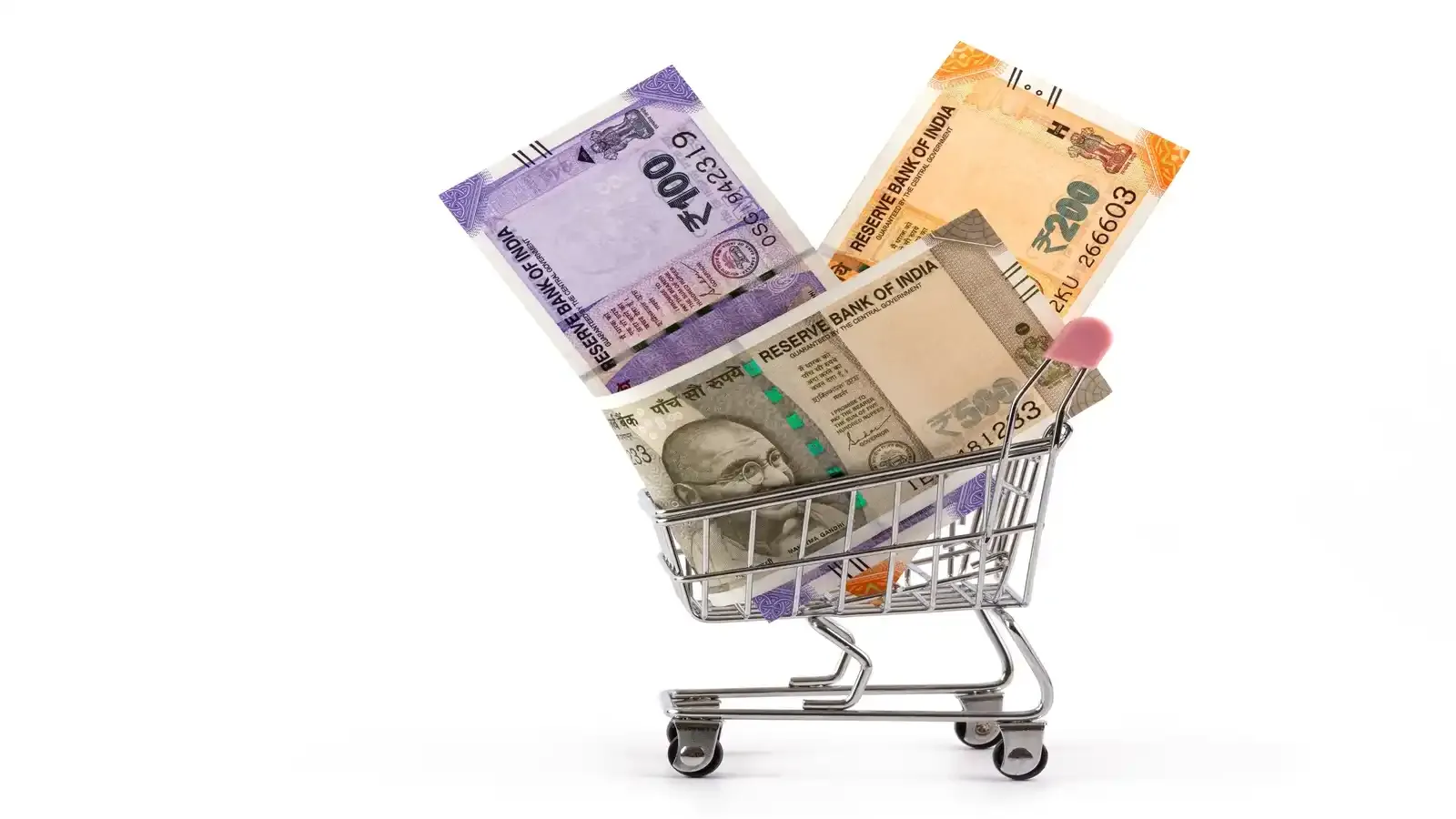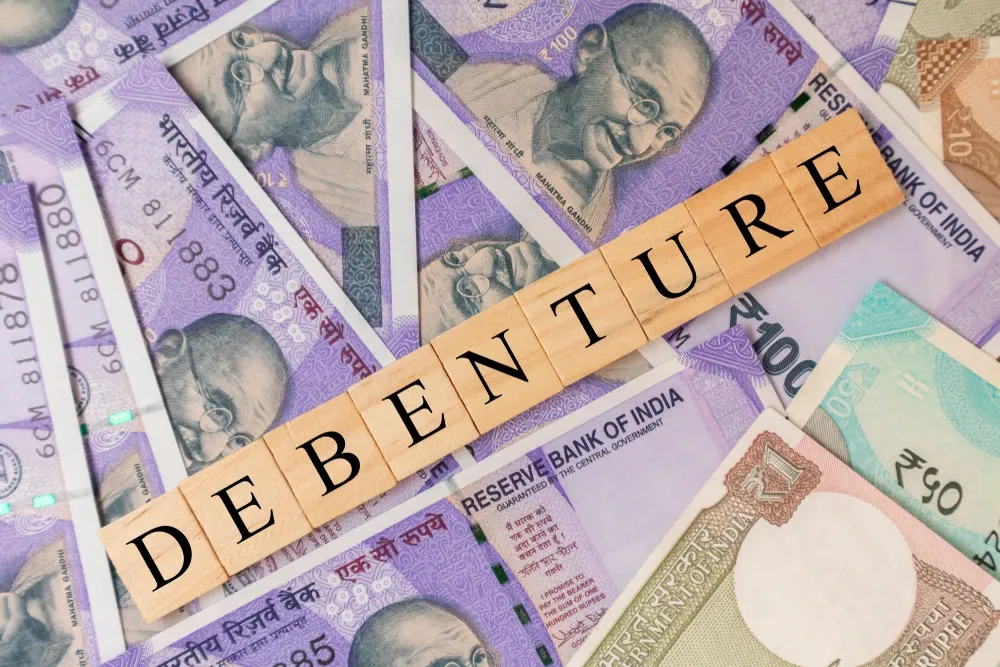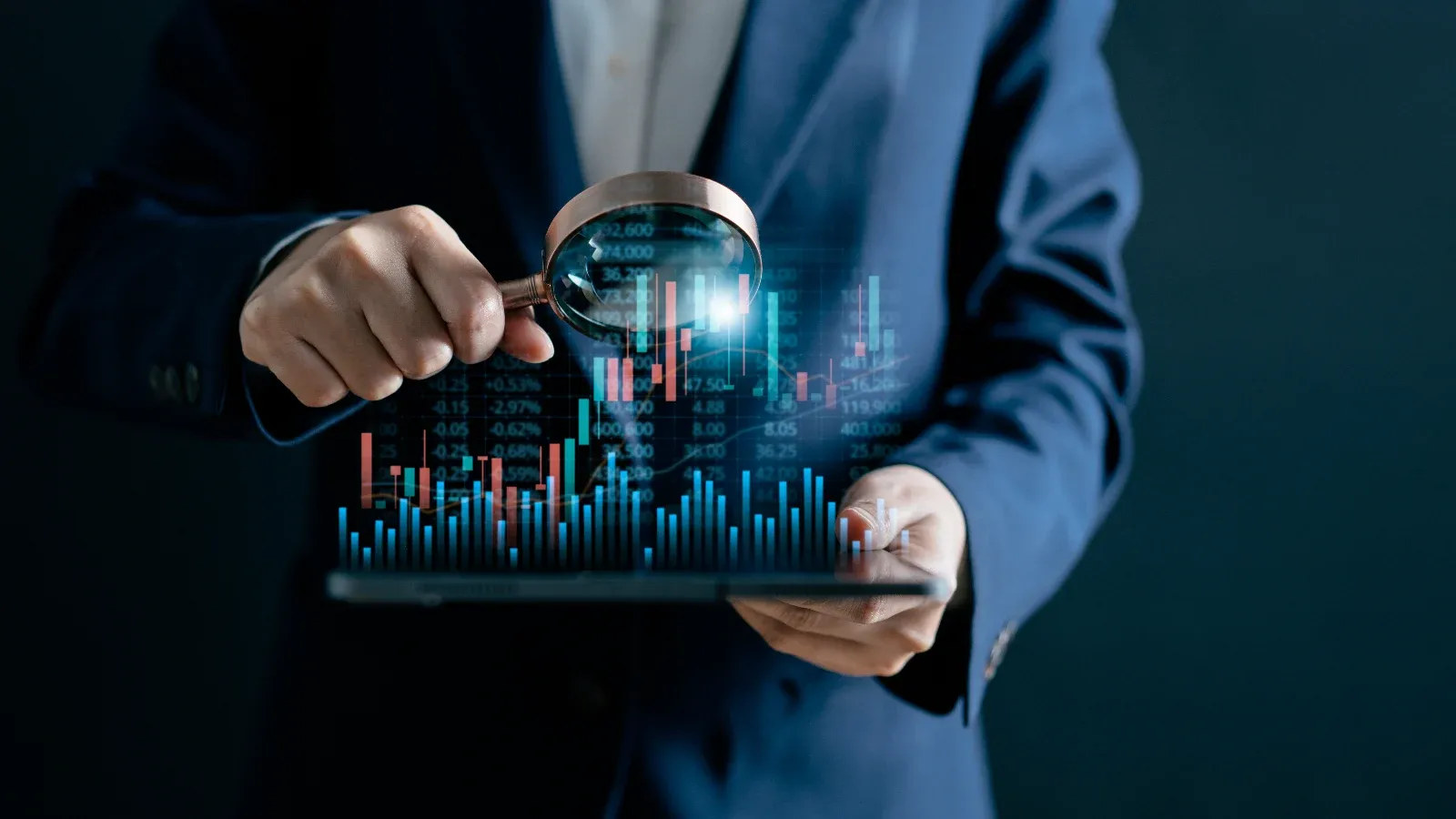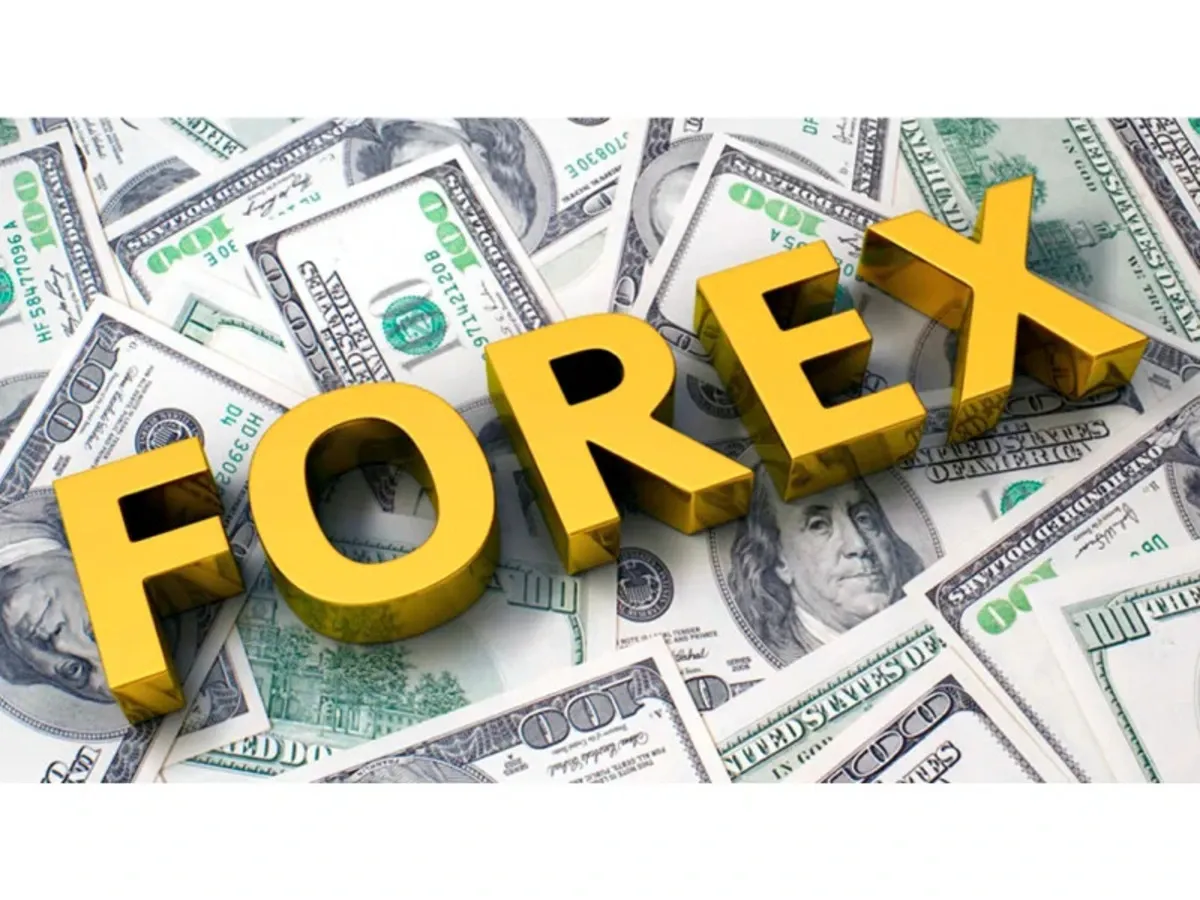Top 5 Common Mistakes to Avoid When Buying Silver Jewellery or Coins
Written by Dev Sethia
Published on October 24, 2025 | 5 min read

Silver, which is a precious metal and has been mostly described in terms of its role in jewelry and as a long term investment, has become increasingly of interest to investors. Like gold, silver functions as an inflation hedge and is perceived as a safer asset but with lower practical risks than buying, saving, and storing.
However, from an investment standpoint, buying silver is more complex than it seems, and there are many things for investors to think about to avoid expensive mistakes.
5 Mistakes Investors Make Before Buying Silver Bars or Coins
Focusing Only on Short Term Goals
It's not wise for silver investors to be overly focused on gains that can be made in the short run. While it's true you can make gains in the short run by taking a trading approach, in the end it's important to understand the market and outside influences that will affect your accumulation of wealth over the long run.
Silver is by nature a commodity that has held its value well through uncertain economic times and inflation. Silver investors should pay more attention to long term stability and returns in their investments rather than trying to take advantage of short run movement in the price of silver.
Unexpected Returns
Often, investors err by anticipating immediate or unduly high returns when investing in silver. Like all assets, silver may be impacted by various external factors such as inflation, geopolitical events, and market volatility. These unpredictable fluctuations in price are inherent to all assets.
It is critical to understand that, while silver can be lucrative, it is not a get rich quick approach. Patience and realistic expectations are important in any investment.
Inadequate Research
A major downside to buying silver is lack of research. You should have a general understanding of the market and the types of silver investments available before buying. Silver investments include various products such as bullion, silver mining stocks, and silver ETFs. Each of the aforementioned has its own pros and cons, so it is up to the investor based on their financial goals.
The other part of research which is as important as general investing research is recent silver performance. Investors should research recent performance of silver to identify price trends to allow investors to buy at lower prices and sell at higher prices. This is a more informed approach to making one buy or sell versus selling or buying just to sell or buy to buy without timing the market, therefore lessening the chance of involuntary bad timing and losing money.
Overlooking Buying Costs
A frequent misstep is neglecting the many expenses associated with acquiring silver. Usually, the cost you pay is greater than the market price due to a premium that reflects dealer profit, manufacturing expense, and distribution cost, all of which escalate based upon the form and scarcity of silver.
Other expenditures, including sales tax, tariffs, transaction fees (if applicable primarily on online markets and brokerage firms), freight costs, and insurance, can be additive in nature. Freight costs tend to be especially high when you deal with high value metals like silver, so it is an essential factor to be included in the overall investment plan.
Overestimating Liquidity
Although silver is usually a liquid investment, many investors fail to understand the ease and speed in which it can be bought and sold. Liquidity varies on the silver's form, purity and market conditions. For instance, jewelry or silver that is not the standard 99.9% may be less liquid or harder to sell at an acceptable price.
Market conditions and trends are another key factor in determining how colorful and timely a sale can be. Ultimately it is important to educate yourself on the best route to take in buying or selling silver to maximise your return.
To invest in silver, you need to have patience, do your homework and know all of the related costs. Steering clear of these typical mistakes will help you make wiser decisions and get a better return in the long haul.
FAQs
What could investors do wrong when they buy silver?
Some common errors are focusing only on short term considerations, expecting to make an instant killing, not researching, overlooking the costs of buying, and overestimating liquidity.
Why is long term investing important for buying silver?
Silver retains its real value well over a long period of time, especially during a time of economic uncertainty and inflation, so having long term stability is usually better than capturing the short term.
What investments in silver are available?
Investors may buy silver in the form of silver bullion, stocks of silver mining companies, and beyond those, in silver ETFs (Exchange Traded Funds). Each of these forms carries its own pros and cons.
What are the costs associated with buying silver?
Aside from the price of silver as quoted at market price, there are many applicable costs to consider. In addition to the price chased after the silver, there are premiums, sales tax, tariffs, transaction costs for buying selling, shipping and delivery premiums (for buying) and/ or insurance for (owning and having value to) and (buying selling share or jewelry for) it.
Is silver a liquid asset?
Silver is generally thought of as a liquid asset, but depending on the form, purity, and collection effect; form, purity, and market conditions, can greatly impact who is taking silver as currency. When silver is a 'non standard' form like jewelry, the liquidity is not as dependable.
About Author
Dev Sethia
Sub-Editor
a journalism post-graduate from ACJ-Bloomberg with over three years of experience covering financial and business stories. At Upstox, he writes on capital markets and personal finance, with a keen focus on the stock market, companies, and multimedia reporting. When he’s not writing, you’ll find him on the cricket pitch
Read more from DevUpstox is a leading Indian financial services company that offers online trading and investment services in stocks, commodities, currencies, mutual funds, and more. Founded in 2009 and headquartered in Mumbai, Upstox is backed by prominent investors including Ratan Tata, Tiger Global, and Kalaari Capital. It operates under RKSV Securities and is registered with SEBI, NSE, BSE, and other regulatory bodies, ensuring secure and compliant trading experiences.




